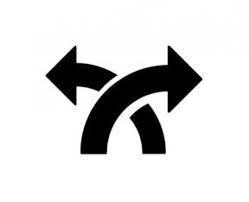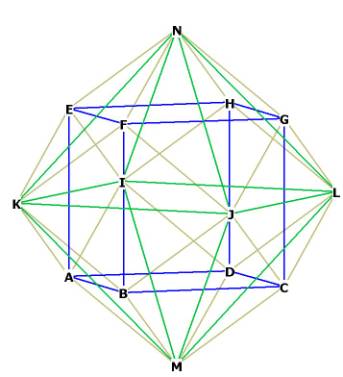|
(2019
midterm assignment) Model Midterm answers 2019 (Index) Essay 3: Web Highlights |
 |
Ruth Brown
The
Future is Personal
I try to approach web highlights with an open mind for learning. I specifically
look for essays that shed new light on topics or concepts I have struggled with
in class or that explain them in a way that expands my understanding. While
reading over the options posted in model assignments, I found myself drawn to
essays that dealt with the personal aspect of alternative futures, something I
had not considered before this assignment.
The essay that directed me to this path of thinking was Katie Morin’s
web highlights essay “Forms of the Future: An Analysis of Three Alternative
Future Essays.” Her purpose in this essay was to strengthen her understanding of
the story “Better Be Ready ‘bout Half Past Eight” and I found the idea of a
“personal scale” to be a central theme. Morin opened my eyes to the versatility
of alternative futures, in that it can represent both physical and psychological
realities. The alternative reality might not exist in the physical world, but
rather in the mind and choices of a person. Morin also points out that “one’s
personal scale can be either predictable or unpredictable and is also
limitless—much like the alternative future genre as a whole.” I had never
thought about alternative futures through the lens of a single person’s
experience and decisions.
With this new idea in mind, I then read Tanner House’s
essay “Comparative Futures” and was stopped with a new thought after reading his
introduction. House explains the narratives of the future as being “all
concerned with similar issues, but they take different approaches to said
issues, creating a discourse in which we can discuss the future through a
variety of different, but equally valid, interpretive lenses.” This made me
realize that a personal viewpoint impacts the narratives of the future. I
started thinking about the way literature students can all read the same work
but when they discuss it, they discover that they all interpreted it in a
different way or picked up on different symbols or themes. This helped me
understand how alternative futures can branch off and be different for each
person based on their interpretation and understanding.
Kimberly Hall’s research report “Back to the
Future” took my developing ideas and formed them into a question. In her essay,
Hall discusses fears of the future and specifically the social and political
themes of several speculative fiction works. In her examination of these works
she explains the consequences of capitalistic societies. The loss of
individualism has resulted in a homogenous society and when you lose the freedom
to individually interpret and react to situations, a future of sameness is
created. Is there no chance for alternative futures to exist because the whole
community is trained to think and respond alike? While thinking on this new
question, I realized that stories about communities are usually
creation/apocalypse or evolution narratives, while alternative future narratives
usually deal with individuals. This is definitely not a set rule, but it helped
me continue thinking about how alternative futures deal with the personal self.
These three essays opened up my mind to a different way of thinking about the
narratives of the future, especially alternative futures. Before this
assignment, I primarily thought of these narratives as time scales and differing
forms of time lines, but after reading these works, I started thinking more
about the way the narratives interact with humans and societies. It changed my
approach to my midterm essay to include more focus on the characters and
personal choices seen within the narratives of the future. It has also made me
more ready to get back to reading for this class so I can continue expanding
these ideas and looking for more personal aspects within our readings.
 |
 |
 |
